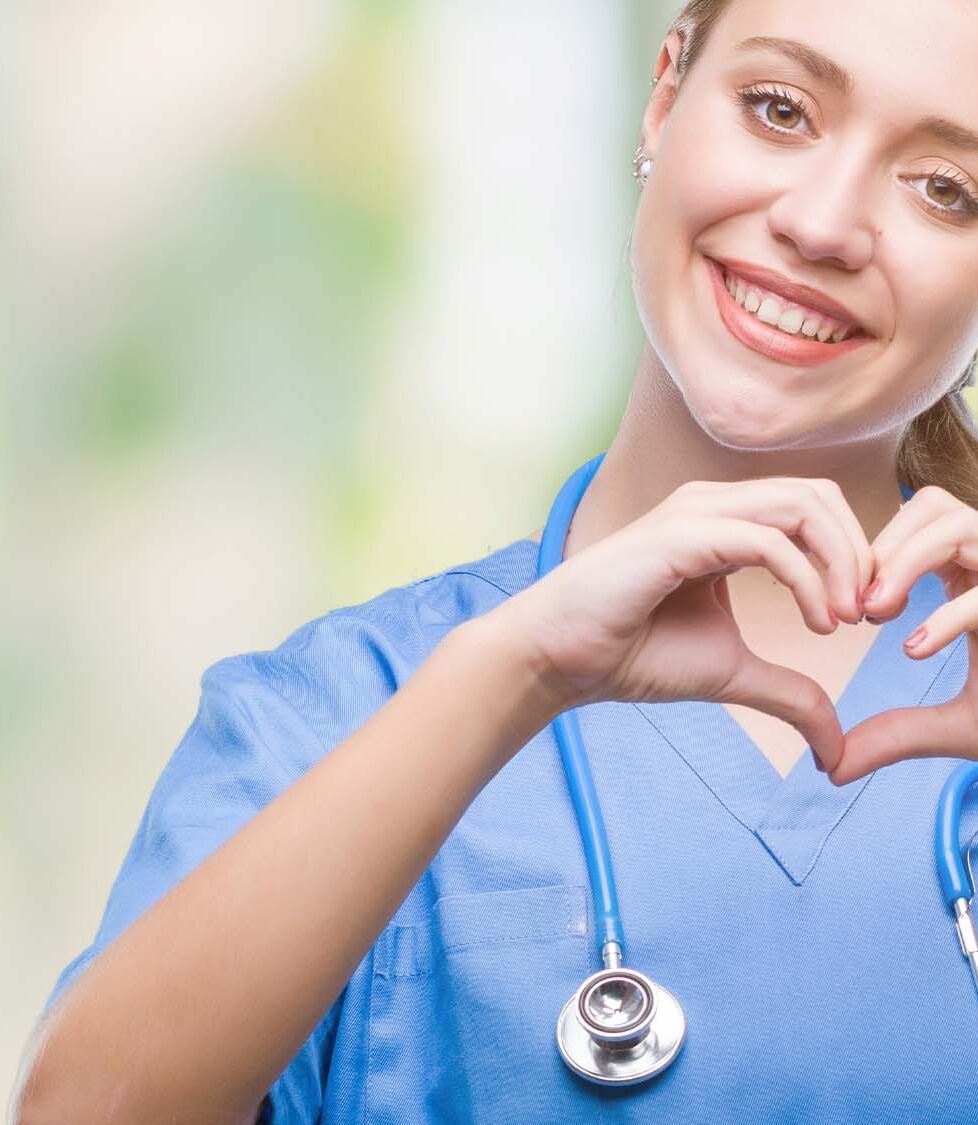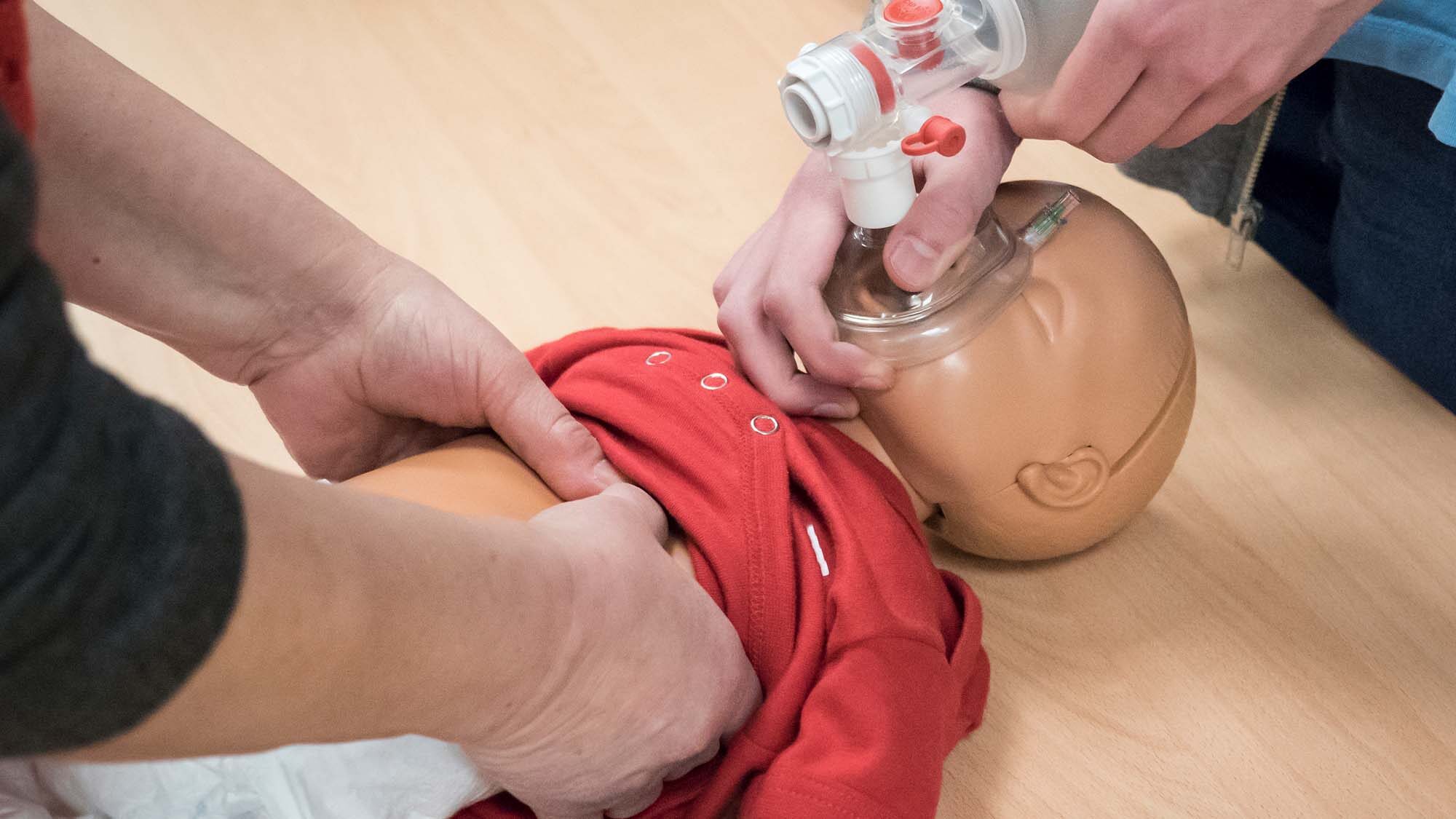Now That's Funny!
 Submit your funny cartoon, picture or story for a chance to win a $20 gift certificate if your image is chosen for our next newsletter.
Submit your funny cartoon, picture or story for a chance to win a $20 gift certificate if your image is chosen for our next newsletter.
Submit your funny to support@acls123.com by Friday, September 28th for the next issue of our newsletter.
Every week we'll be taking an in-depth look at a medical issue or health syndrome. This week we bring you Sick Sinus Syndrome; over the next few weeks we'll bring you topics like
Ulysses Syndrome
Turner's Syndrome
Korsakoff Syndrome
Adams-Stokes Syndrome
EDUCATION – What is Serotonin Syndrome?
Serotonin syndrome is a potentially life threatening drug reaction that causes the body to have too much serotonin, a chemical produced by nerve cells. Cause Serotonin syndrome most often occurs when two drugs that affect the body's level of serotonin are taken together at the same time. The drugs cause too much serotonin to be released or to remain in the brain area. For example, you can develop this syndrome if you take migraine medicines called triptans together with antidepressants called selective serotonin reuptake inhibitors (SSRIs) and selective serotonin/norepinephrine reuptake inhibitors (SSNRIs). Popular SSRI's include Celexa, Zoloft, Prozac, Zoloft, Paxil, and Lexapro. SNRI's include Cymbalta and Effexor. Brand names of triptans include Imitrex, Zomig, Frova, Maxalt, Axert, Amerge, and Relpax. Syndrome Symptoms occur within minutes to hours, and may include:
- Agitation or restlessness
- Diarrhea
- Fast heart beat and high blood pressure
- Hallucinations
- Increased body temperature
- Loss of coordination
- Nausea
- Overactive reflexes
- Rapid changes in blood pressure
- Vomiting
Signs and Symptoms The diagnosis is usually made by asking questions about your medical history, including the types of drugs you take. To be diagnosed with serotonin syndrome, you must have been taking a drug that changes the body's serotonin levels (serotonergic drug) and have at least three of the following signs or symptoms:
- Agitation
- Diarrhea
- Heavy sweating not due to activity
- Fever
- Mental status changes such as confusion or hypomania
- Muscle spasms (myoclonus)
- Overactive reflexes (hyperreflexia)
- Shivering
- Tremor
- Uncoordinated movements (ataxia)
Serotonin syndrome is not diagnosed until all other possible causes have been ruled out, including infections, intoxications, metabolic and hormone problems, and drug withdrawal. Some symptoms of serotonin syndrome can mimic those due to an overdose of cocaine, lithium, or an MAOI.
TOPICS : ADDICTION
Know the signs of unhealthy exercise addiction
American Running Association
 Running is unconditionally great for the body, the soul, and the mind, right? Almost, but not quite.
Running is unconditionally great for the body, the soul, and the mind, right? Almost, but not quite.
Almost anything harm when taken to an extreme — even the most benign or beneficial activities.
Even the sacred domain of exercise is not protected from this universal truth. When a commitment to exercise crosses the line to dependency and compulsion, it can create physical, social, and psychological havoc for those among us who appear outwardly to be the very fittest. Runners are particularly vulnerable.
A "positive addiction" is a healthy adaptation to the barriers to exercise in life, since commitments to work, family, and other healthy pursuits must compete for time to work out. Sometimes, however, the line between commitment and compulsion is crossed.
Richard Benyo, writing on the subject of exercise addiction for the Road Runners Club of America, says that there is a negative side to exercise that gradually, insidiously, can take over the positive.
"In an ironic way, nature balances the situation when the thing obsessed turns on and bites the obsessor."
Exercise addiction is not just another term for overtraining syndrome. Healthy athletes training for peak performance and competition can suffer overtraining symptoms, which are the short-term result of too little rest and recovery.
Exercise addiction, on the other hand, is a chronic loss of perspective of the role of exercise in a full life. A healthy athlete and an exercise addict may share similar levels of training volume — the difference is in the attitude.
An addicted individual isn't able to see value in unrelated activities and pursues his sport even when it is against his best interest.
Recognizing addiction
The exercise addict has lost his balance: Exercise has become overvalued compared to elements widely recognized as giving meaning in a full life — work, friends, family, community involvement — in short, the fruits of our humanity. Read the entire article here.
Top 10 Cooking Tips
-
 Preserve the nutrients and colors in veggies. Cook them quickly by steaming or stir-frying.
Preserve the nutrients and colors in veggies. Cook them quickly by steaming or stir-frying. - Use herbs, vinegar, tomatoes, onions and/or fat-free or low-fat sauces or salad dressings for better health, especially if you have high blood pressure or high cholesterol.
- Use your time and your freezer wisely. When you cook once, make it last longer by preparing enough for several other meals. Freeze it and have a ready-made healthy treat for the next time you are simply too tired to bother.
- A smoothie can cover a multitude of needs. Throw a banana (you can keep them in the freezer for weeks) into your blender along with frozen berries, kiwi or whatever fruit is around, some orange or other 100% juice, some fat-free or low-fat yogurt. You can get 4–5 servings of fruit in one glass of yummy shake. Try getting your loved one to sip on a smoothie. It’s easy, cool, refreshing and healthy.
- Prepared seasonings can have high salt content and increase your risk for high blood pressure. Replace salt with herbs and spices or some of the salt-free seasoning mixes. Use lemon juice, citrus zest or hot chilies to add flavor.
- Canned, processed and preserved vegetables often have very high sodium content. Look for “low-sodium” veggies or try the frozen varieties. Compare the sodium content on the Nutrition Facts label of similar products (for example, different brands of tomato sauce) and choose the products with less sodium. If you buy canned, rinse veggies under cold water to reduce the level of sodium.
- Prepare muffins and quick breads with less saturated fat and fewer calories. Use three ripe, very well-mashed bananas, instead of 1/2 cup butter, lard, shortening or oil or substitute one cup of applesauce per one cup of these fats.
- Choose whole grain for part of your ingredients instead of highly refined products. Use whole-wheat flour, oatmeal and whole cornmeal. Whole-wheat flour can be substituted for up to half of all-purpose flour. For example, if a recipe calls for 2 cups of flour, try 1 cup all-purpose flour and 1 cup minus 1 tablespoon whole-wheat flour.
- In baking, use plain fat-free or low-fat yogurt or fat-free or low-fat sour cream.
- Another way to decrease the amount of fat and calories in your recipes is to use fat-free milk or 1% milk instead of whole or reduced-fat (2%) milk. For extra richness, try fat-free half-and-half or evaporated skim milk.
Read the entire article and get other great health tips here.
ACLS123.com Critical Care Training Center's upcoming schedule
Oct 4 BLS / Heartsaver First Aid CPR AED
Oct 5 BLS
Oct 6 ACLS Recertification
Oct 7 PALS Recertification
Oct 9 PALS Certification
Oct 10 BLS / Heartsaver First Aid CPR AED
Oct 11 ECG & Pharmacology
Oct 15 FREE Family and Friends CPR
Oct 16 Heartsaver First Aid CPR AED
Oct 18 BLS / Heartsaver First Aid CPR AED / ACLS Certification
Oct 19 BLS
Addicted to Painkillers, Unready for Help
By PAUL CHRISTOPHER, M.D.
 “I’m addicted to painkillers,” J., a thickset construction worker, told me on a recent afternoon in the emergency room, his wife at his side.
“I’m addicted to painkillers,” J., a thickset construction worker, told me on a recent afternoon in the emergency room, his wife at his side.
Two years before, after months of pain, stiffness and swelling in his hands and neck, his primary physician had diagnosed rheumatoid arthritis and had prescribed three medications: two to slow the disease and one, oxycodone, for pain.
Bolstered by the painkiller, J. had felt more limber and energetic than he had in years. “I could finally keep up with the other guys,” he told me. He worked harder, and his pain worsened. His primary physician increased the oxycodone dose.
Soon, J. was looking forward more to the buzz than to the relief the pills brought. He went to see two other physicians who, unaware that he was double-dipping, prescribed similar medications. When a co-worker offered to sell him painkillers directly, J.’s use spiraled out of control.
By the time I saw him, he was taking dozens of pills a day, often crushing and snorting them to speed the onset of his high. With remarkable candor, he described how the drugs had marred every facet of his life — from days of missed work to increasing debt, deteriorating health and marital strain.
But when I listed the treatment options that might help, J. shook his head, looked from me to his wife, and got up. “I’m all set,” he said, holding up his hands.
Then he walked out of the room.
Despair fell on his wife’s face. “Please,” she said, grabbing my arm, “you can’t let him leave.”
She’d found him twice in the past week slumped on the bathroom floor, impossible to arouse. Though she’d called 911, both times the hospital released J. within hours after he came to and insisted the overdose was accidental. “I just know I’m going to come home one day to find him dead,” she said.
She had good reason to worry. Prescription drug abuse is America’s fastest-growing drug problem. Every 19 minutes, someone dies from a prescription drug overdose in the United States, triple the rate in 1990. And according to the Centers for Disease Control and Prevention, prescription painkillers (like oxycodone) are largely to blame. More people die from ingesting these drugs than from cocaine and heroin combined. Yet while I shared her concern, there was little I could do to force J. into treatment. Read the entire article here.
Video Game Addiction No Fun
Compulsive video gaming is a modern-day psychological disorder that experts tell WebMD is becoming more and more popular.
By Sherry Rauh
Reviewed by Louise Chang, MD
 At an addiction treatment center in Amsterdam, in the Netherlands, teenagers and young adults begin detox by admitting they are powerless over their addiction. But these addicts aren't hooked on drugs or alcohol. They are going cold turkey to break their dependence on video games.
At an addiction treatment center in Amsterdam, in the Netherlands, teenagers and young adults begin detox by admitting they are powerless over their addiction. But these addicts aren't hooked on drugs or alcohol. They are going cold turkey to break their dependence on video games.
Keith Bakker, director of Smith & Jones Addiction Consultants, tells WebMD he created the new program in response to a growing problem among young men and boys. "The more we looked at it, the more we saw [gaming] was taking over the lives of kids."
Detox for video game addiction may sound like a stretch, but addiction experts say the concept makes sense. "I was surprised we didn't think of it here in America," says Kimberly Young, PsyD, clinical director of the Center for On-Line Addiction and author of Caught in the Net: How to Recognize the Signs of Internet Addiction — and a Winning Strategy for Recovery. "I've had so many parents call me over the last year or two, particularly about the role-playing games online. I see it getting worse as the opportunity to game grows – for example, cell phone gaming."
But can a game truly become an addiction? Absolutely, Young tells WebMD. "It's a clinical impulse control disorder," an addiction in the same sense as compulsive gambling.
Defining Addiction
While most people associate addiction with substances, such as drugs or alcohol, doctors recognize addictive behaviors as well. In a WebMD feature on the definition of addiction, psychiatrist Michael Brody, MD, set forth the following criteria:
- The person needs more and more of a substance or behavior to keep him going.
- If the person does not get more of the substance or behavior, he becomes irritable and miserable.
- Young says compulsive gaming meets these criteria, and she has seen severe withdrawal symptoms in game addicts. "They become angry, violent, or depressed. If [parents] take away the computer, their child sits in the corner and cries, refuses to eat, sleep, or do anything."


 Preserve the nutrients and colors in veggies. Cook them quickly by steaming or stir-frying.
Preserve the nutrients and colors in veggies. Cook them quickly by steaming or stir-frying.






